A single-cell transcriptomic atlas characterizes ageing tissues in the mouse
- PMID: 32669714
- PMCID: PMC8240505
- DOI: 10.1038/s41586-020-2496-1
A single-cell transcriptomic atlas characterizes ageing tissues in the mouse
Abstract
Ageing is characterized by a progressive loss of physiological integrity, leading to impaired function and increased vulnerability to death1. Despite rapid advances over recent years, many of the molecular and cellular processes that underlie the progressive loss of healthy physiology are poorly understood2. To gain a better insight into these processes, here we generate a single-cell transcriptomic atlas across the lifespan of Mus musculus that includes data from 23 tissues and organs. We found cell-specific changes occurring across multiple cell types and organs, as well as age-related changes in the cellular composition of different organs. Using single-cell transcriptomic data, we assessed cell-type-specific manifestations of different hallmarks of ageing-such as senescence3, genomic instability4 and changes in the immune system2. This transcriptomic atlas-which we denote Tabula Muris Senis, or 'Mouse Ageing Cell Atlas'-provides molecular information about how the most important hallmarks of ageing are reflected in a broad range of tissues and cell types.
Conflict of interest statement
Ethics declarations
Competing interests
The authors declare no competing interests.
Figures
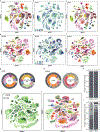
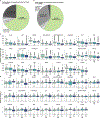
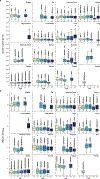

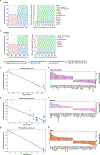
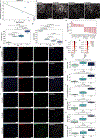



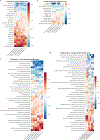





References
Aditional References
-
- Picelli S et al. Smart-seq2 for sensitive full-length transcriptome profiling in single cells. Nat. Methods 10, nmeth.2639 (2013). - PubMed
Publication types
MeSH terms
Grants and funding
LinkOut - more resources
Full Text Sources
Other Literature Sources
Medical

